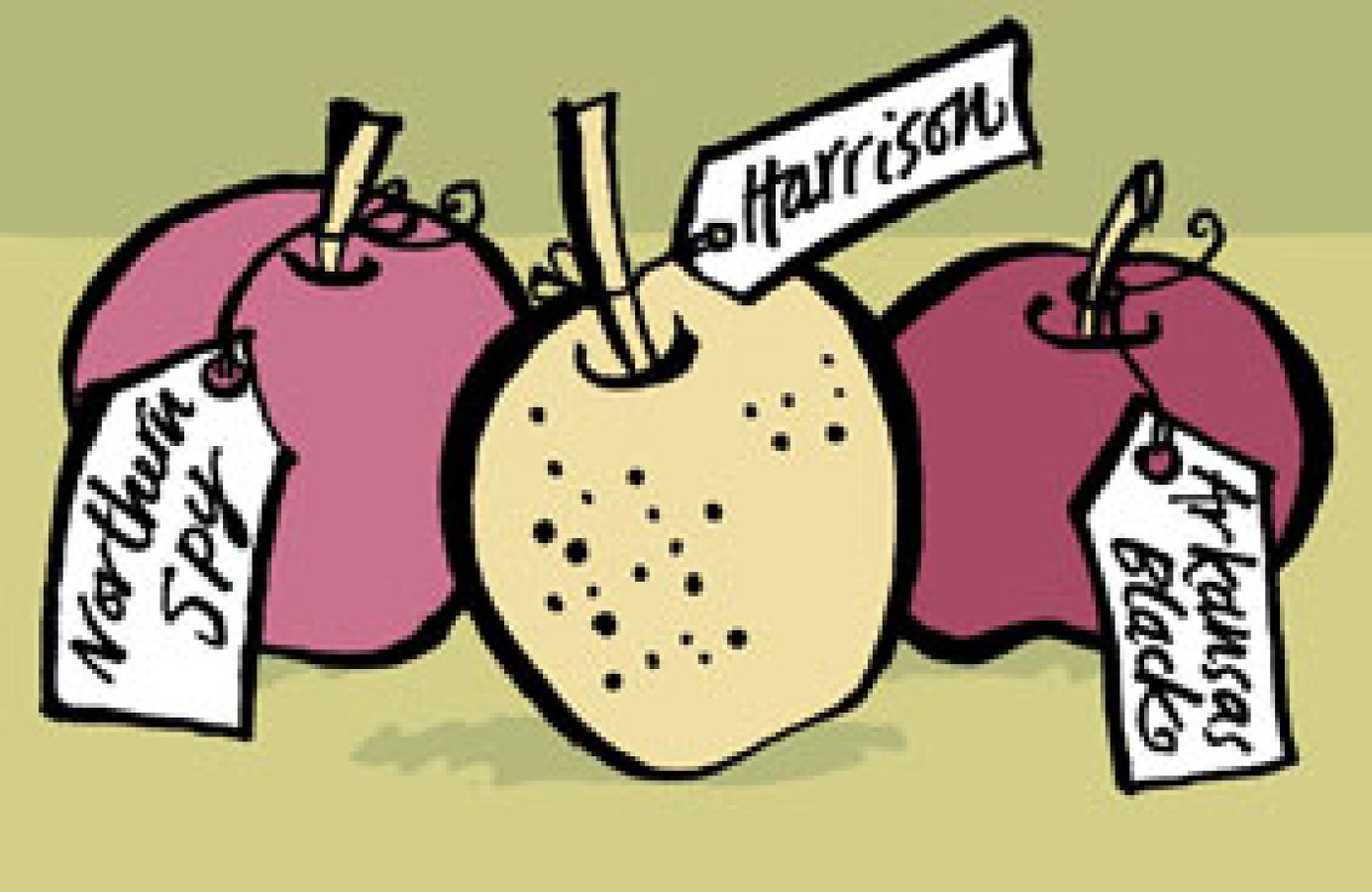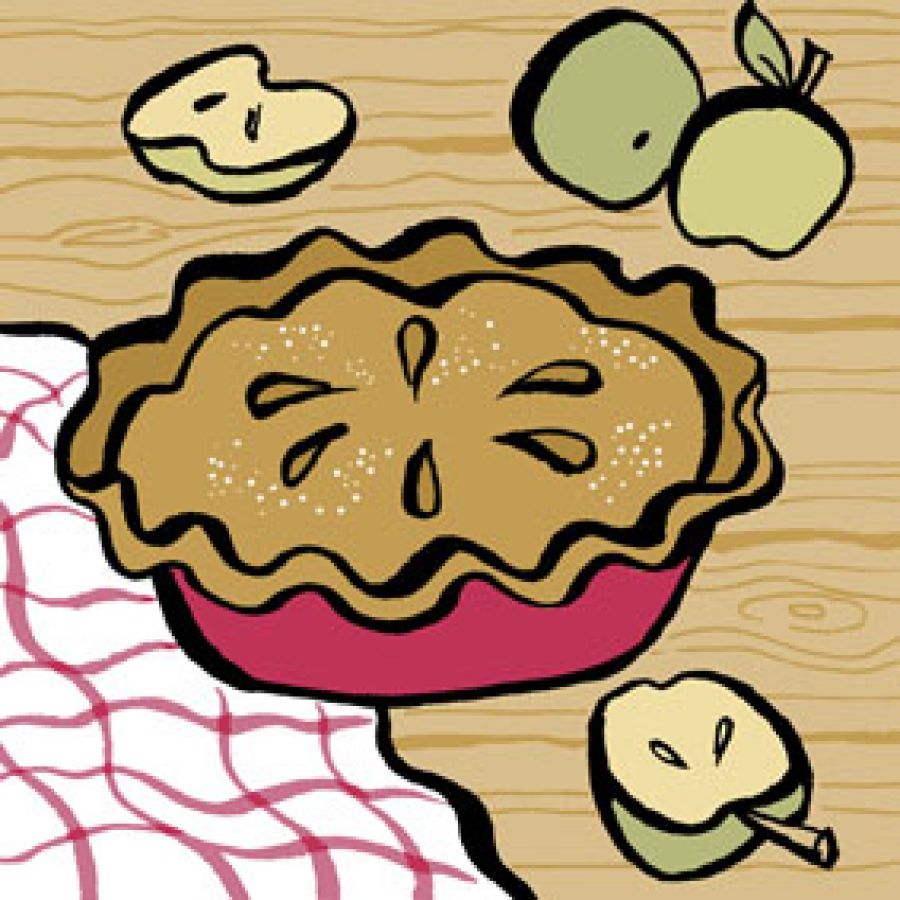Illustrations by Christine Jopling

Apples. These resilient, adaptable and multifunctional nuggets of sustenance can now be found in one form or another across the globe, but when it comes to cultural rhetoric, one country lays the strongest claim to these orbs of goodness: The United States of America.
Cider, or hard cider as it’s known in the US, used to be the nation’s most widely consumed alcoholic beverage, choc-full of famous, flavoursome local and regional specialties, such as the quince-like Harrison, hailing from New Jersey but resurrected in Virginia, New York State’s cherry-spice Northern Spy and the complex honey-vanilla Arkansas Black.


Daniel J. Bussey’s definitive 2016 Illustrated History of Apples in America, 30 years in the writing, catalogues 16,350 varieties over seven volumes, and this expansive range of species is sometimes likened to the US’s self-perception as the world’s cultural ‘melting pot.’ While that number is now significantly depleted (approximately 2,500 but estimates vary as many varieties remain uncatalogued), apples and cider remain prominent in the American cultural imagination, mythologised by the likes of Henry David Thoreau, Emily Dickinson and Ralph Waldo Emerson. Whether propagating the folktale of Johnny Appleseed planting orchards across the frontier, the ubiquity of ‘mom’s apple pie’ as a synonym for the wholesomeness that WWII soldiers fought for, or ill-fated President William Henry Harrison running on a platform of ‘log cabins and hard cider’, America’s relationship with apples and apple cider is firmly established, albeit far from simple.
These three articles will explore the history of cider apples in America and the development of American cider apple varieties, considering how they spread across the US, why they fell into decline, their return and their role in American craft cider.
Ruvani de Silva
Become a CAMRA member today for unlimited free access plus many other membership benefits. Find out more